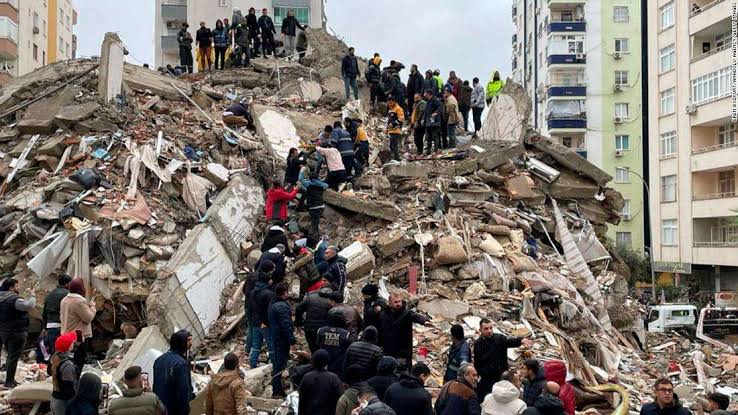On a calm afternoon in Oklahoma, the earth suddenly shook with catastrophic force, unleashing a devastating earthquake that left destruction in its wake. Measuring 7.5 on the Richter scale, the quake struck at 2:30 PM, catching residents off guard. Buildings crumbled, and infrastructure was severely compromised, leading to widespread panic. Entire neighborhoods were flattened, with homes reduced to rubble and families displaced.
As sirens blared and emergency responders rushed to the scene, the human toll became tragically apparent. Hospitals were flooded with injured individuals, many suffering from life-threatening injuries. The community came together, offering support to those in need, but the loss was overwhelming. In the aftermath, local shelters struggled to accommodate the influx of evacuees, many of whom had lost everything.
The earthquake also caused significant damage to critical infrastructure. Roads were cracked and impassable, complicating rescue efforts and cutting off access to essential services. Utilities were disrupted, leaving many without power or clean water. In rural areas, the destruction of farms meant that food supplies were also at risk, exacerbating an already dire situation.
In the face of such devastation, the resilience of the Oklahoman spirit shone through. Volunteers emerged from all corners of the state, bringing food, water, and supplies to those affected. Community leaders rallied to coordinate recovery efforts, demonstrating the ultimate strength of solidarity in times of crisis.
As the days turned into weeks, the process of rebuilding began, but the scars of this disaster would linger for years. The earthquake served as a grim reminder of nature’s unpredictability, forcing residents to reevaluate safety measures and emergency preparedness for the future.


